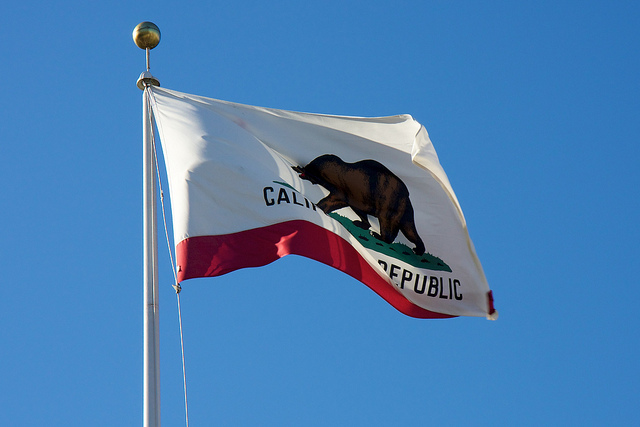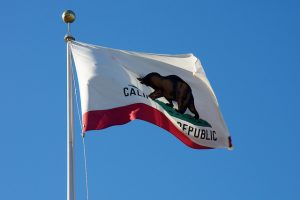
Two years of debate over allocation of funding from California’s Greenhouse Gas Reduction Fund ended Wednesday, resulting in a $900 million windfall of new funding for a variety of state programs from transportation projects to creation of parks and green spaces. A morning deal struck between the governor and state lawmakers on the state’s cap-and-trade spending plan was approved by the California Assembly hours later.

Photo by Mario Sánchez Prada
is licensed under CC BY 2.0
The fund balance now stands at $1.4 billion, with the revenue coming from companies that are required to purchase permits to emit greenhouse gases into the atmosphere. The program is geared toward providing a financial incentive for companies to clean up their operations, thus reducing emissions and protecting the environment. Regularly scheduled auctions are held for permits to be bought or traded on the market.
Sixty percent of the revenue that comes from the auctions is automatically directed to projects that include the state’s bullet train and affordable housing.
August figures for cap-and-trade revenues will likely increase the Greenhouse Gas Reduction Fund by approximately $8 million, which is down from the previous trade event held last May. Greenhouse gas permits are being sought in smaller numbers these days.
Among the allocations approved by the spending plan approved this week are:
- $135 million to help fund local capital projects for the Transit and Intercity Rail Capital program to provide Californians with transportation options such as bus and commuter rail;
- $10 million to fund bicycle and pedestrian programs to provide adequate and safe travel for those walking or bicycling to school and work;
- $140 million for a program to allow disadvantaged communities to implement an integrated transportation, housing, and green space development plan to reduce pollution and improve local quality of life; and
- $80 million to create green spaces and parks in communities in the state that do not have adequate green space.
The plan also addresses a number of other programs related to reducing energy use and reducing pollution, such as $7.5 million for a program to help replace older inefficient water irrigation and pumping equipment with state-of-the-art equipment that will save water and reduce pollution. Another $20 million will be spent in lower income communities for weatherization and energy efficiency improvements such as solar installations to help reduce energy use.
Even by spending $900 million of the fund proceeds, there will still be another $460 million available for future projects.
